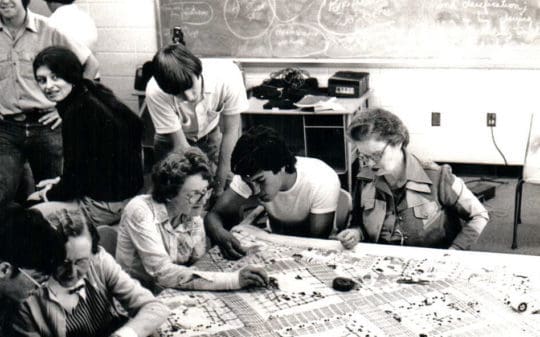
The Foxfire Textiles: Within the Foxfire collections are over forty unique textile artifacts. The bulk of these are either quilts or handwoven coverlets. Nearly every artifact was donated by a...
Read More
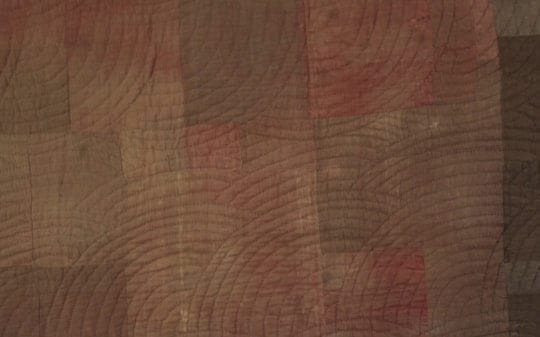
History: A classic example of patchwork quilting, this textile is essentially utilitarian. Made from recycled clothing, the inconsistent block sizes and shapes and lack of pattern indicates that...
Read More
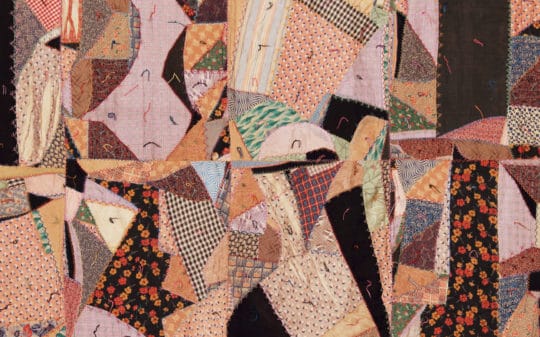
“Quilting was the joy of my life. Working with that. Ever’ little piece.” ~Aunt Arie Carpenter History: Crazy quilts were originally a method for using scraps of cloth, much like...
Read More
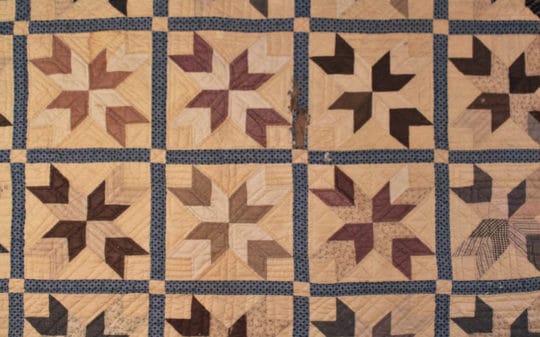
History This quilt was donated to Foxfire by Aunt Arie Carpenter, which she called a “fishtail.” She made it around the time of World War I, when she was a young woman caring for her...
Read More
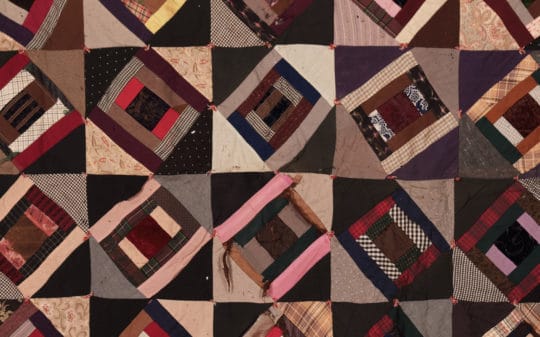
History: Log cabin, one of the most well-known quilt patterns, became popular around the beginning of the Civil War and have since retained their popularity. Shortly before the Civil War, the log...
Read More
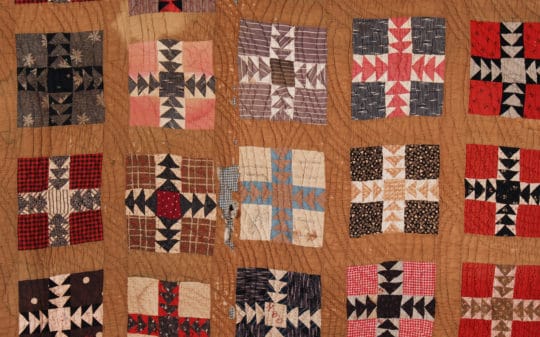
“Quilts were hand made by people for people. Every phase of their production was permeated by giving and sharing.” ~Mrs. Claude Darnell History: Friendship quilts were common in most...
Read More
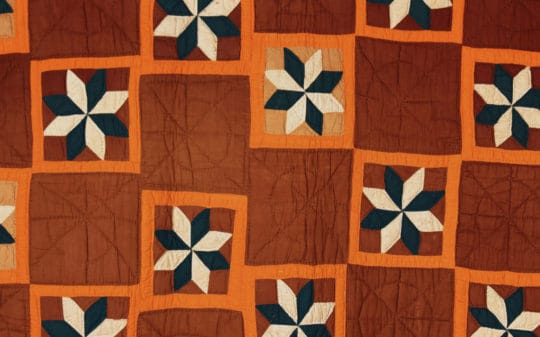
“…when a girl got married, she always had to have twelve quilts to start off with…the lady usually made some of the quilts herself. And then the community usually got together and...
Read More
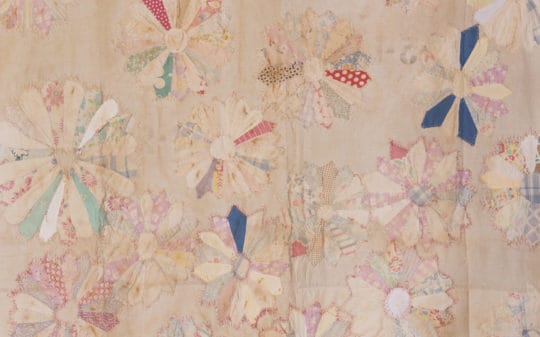
History: Cloth sacks were used by manufacturers beginning in the mid-nineteenth century, but became common around the 1920s. Goods such as chicken and hog feed, sugar, flour, and guano fertilizer...
Read More








